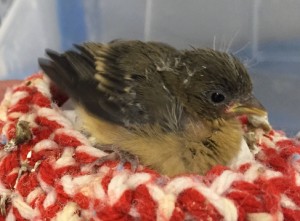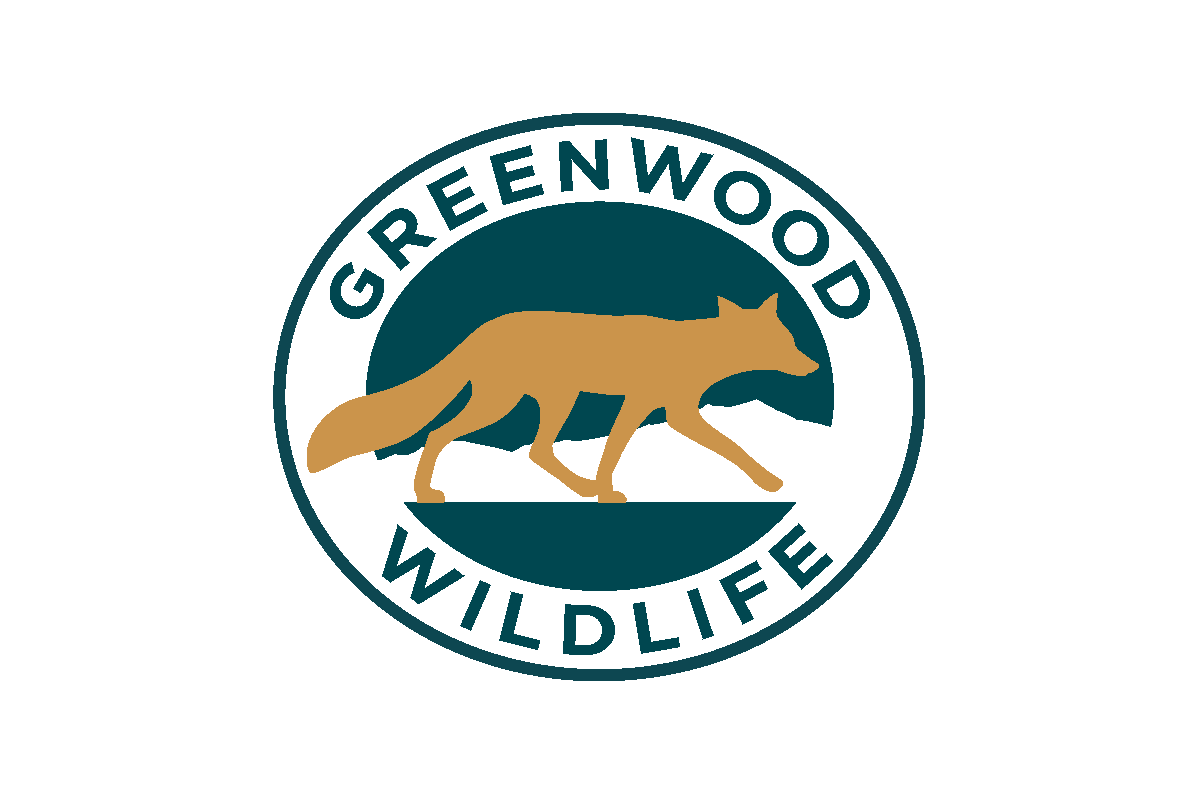American Goldfinches—A Harbinger of Summer’s Close
Many people think of robins as harbingers of spring. I think of American Goldfinches as harbingers of the end of the avian breeding season. The American Goldfinch—sometimes referred to as the “wild canary”—is one of the latest breeders in North America. Formerly known as Carduelis tristis, American Goldfinches had (note the past tense there—had) a very logical genus name, from carduus (Latin for “thistle”). I always liked that genus name for these birds, since thistle is one of the most important plants for the American Goldfinch. However, in the on-going classification minuet that is called taxonomy, scientists have recently determined that goldfinches and a number of other small finch species are actually more closely related to the Spinus genus. Spinus derives from the Greek word for a linnet (a small European finch that depends on flax seed, from which linen is made). Oh, well—Spinus tristis it is (at least for now…). The species name—tristis—probably comes from its song, which is a bouncy jumble of notes with a descending note thrown in occasionally that (to some, at least) might sound a bit sad. You can hear snippets of this song (and lots of examples of their call notes, which some humans refer to as their “po-ta-to chip” call) here. (Click on “typical voice” about one screen down.) Whether at Greenwood or just walking around wooded areas, you can easily identify a young American Goldfinch by its distinctive 2-note call, uttered almost incessantly. You can get a sense of that juvenile call here.
The male in breeding plumage is unmistakable—bright yellow body with a spiffy black beret (pulled low over his forehead), black tail, and black wings with bold white wing bars. The male in non-breeding plumage and the female all year long are much less spectacular—a drab olive-green or brown and no black cap. These goldfinches can often be identified in flight from far away. They have a very distinctive, deeply undulating (up and down) flight because they do several flaps that send them up and then a close-winged glide that sends them down. They often give their characteristic “potato chip” call as they begin the downward glide—one renown birding expert refers to the combination as “potato chip, served with a dip.”
American Goldfinches start breeding in July, just as most other songbirds are wrapping up the season. They postpone breeding until grass and weed seeds—especially thistle seeds—abound, which doesn’t occur until mid- to late summer. Their nests are strips of bark held together by spider webs and caterpillar silk; they line the inside with plant down from milkweed, cattails, and (of course!) thistle down. The nests are often so tightly woven that they can actually hold water, which can pose a serious hazard for very small nestlings during a heavy rainstorm unless a parent shields the nest. Unlike most songbirds, who feed their kids lots and lots of insects, goldfinch parents probably feed nestlings far fewer insects. Instead, they regurgitate a slurry of primarily seeds for nestlings. A staple of the parents’ diets (and therefore the babies’ diets), thistle seed is extremely high in protein—much higher than other seeds. So insect protein is less important for these kids. Parents feed their kids at a relatively slow rate, compared to the frenetic pace of other songbirds—about once every ½ hour or hour. Nestlings fledge between 11 and 17 days after hatching, remaining with their parents for about 3 weeks after that. In 2014, Greenwood had a surprising number of American Goldfinches: 6 adults or juveniles and 16 nestlings and fledglings.
Alas, once you start to see goldfinches raising babies, you know that the summer songbird breeding season is on its downhill slide into the fall—and the fall baby squirrel season is about to come screeching around the corner.

